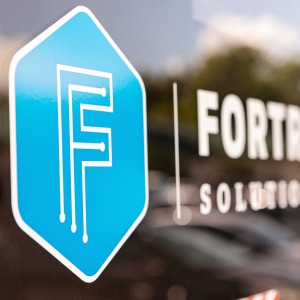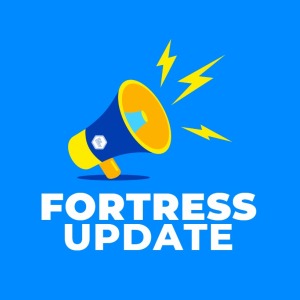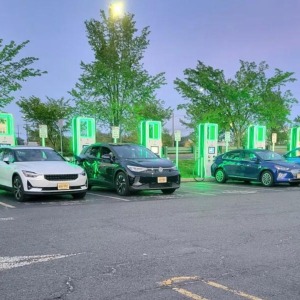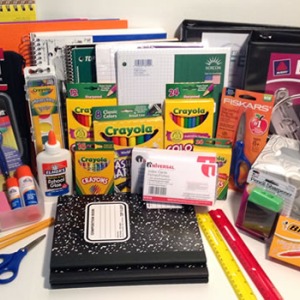Drones for Good During COVID-19
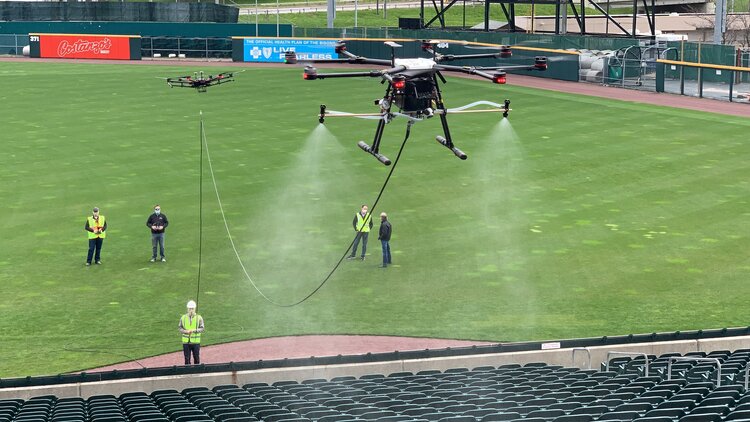
The COVID-19 global pandemic has certainly left its imprint on 2020. All over the world, public health and safety organizations have had to rethink how governments and societies work with minimum or no physical contact. Many innovators have looked to drones - whether it be to help spread communications or to slow the spread of Coronavirus itself.
Here, in this article, we will explore the ways in which drones are being used for good during the COVID-19 crisis.
-
BROADCAST, INSPECTION & SURVEILLANCE
We have witnessed over and over how drones have been utilized by numerous public safety agencies for search and rescue missions. They have provided a critical ‘eye in the sky’ visual line of sight. These same concepts can be applied during the COVID crisis.
In urban areas, public safety agencies can more efficiently scan a large area and easily broadcast a specific message. For example, sending a public service announcement to put on a mask, remain six feet apart or to remain inside. Drones have been working as police officers in France to help enforce social distancing restrictions.
-
DISINFECTANT SPRAYING
While our top scientists are still franticly trying to learn as much as possible about COVID-19 and how it spreads, there is evidence that the virus may survive and spread via hard surfaces. This leaves public spaces such as parks, buses, common areas, and other spaces open to exposure.
Local health authorities have turned to drones to test new methods of deploying disinfectant quickly over large areas. This utilizes the same methods as drones that are currently being used for agriculture spraying against pesticides.
While scientists are still testing the effectiveness, the speed and area covered by drones is unparalleled. Spraying drones can cover 100,000 m2 in an hour with a spraying tank of 16L.
-
MEDICINE AND GROCERY DELIVERY & OTHER CRITICAL SUPPLIES
While governments around the world have asked their citizens to limit their exposure and remain in-home, this has placed a large strain on package and food delivery systems. While we are not seeing mass-scale drone deliveries yet, there have been various companies testing the waters and quickly adapting new technology to better serve our communities.
For example, Doosan Mobility Innovation (a trusted partner of Fortress UAV) demonstrated how their long, endurance hydrogen-powered drone solution can provide contactless mask delivery. In a demo performed in Jeju island (Jeju province encompasses the South Korean island of Jeju I the Korea Strait), their drones delivered masks that helped save lives and protect against COVID-19. See DMI’s drones in action here. -
TEMPERATURE CHECK
Temperature checks before entering places of work, shopping centers, doctor’s offices and other commonly visited places are becoming part of the new norm since a high fever has been found to be a key symptom of the COVID-19 virus.
Personnel are needed to scan each person entering and thus opening them up to virus exposure. That’s where drones come in. To limit this risk point, some teams are testing drones equipped with infrared cameras to test temperature measurements.
DJI’s engineering team has been testing different methods to calibrate airborne infrared cameras to measure body temperature. If you would like to learn more about the calibration procedure, please complete their contact form here.
While drones have become a critical tool for public safety agencies, construction & inspection crews, film production crews, and more, the usage of drones for healthcare is a new arena. Many companies, drone manufacturers and service providers are diligently working to produce new technology and solutions that can limit virus exposure.
#DRONESFORGOOD
